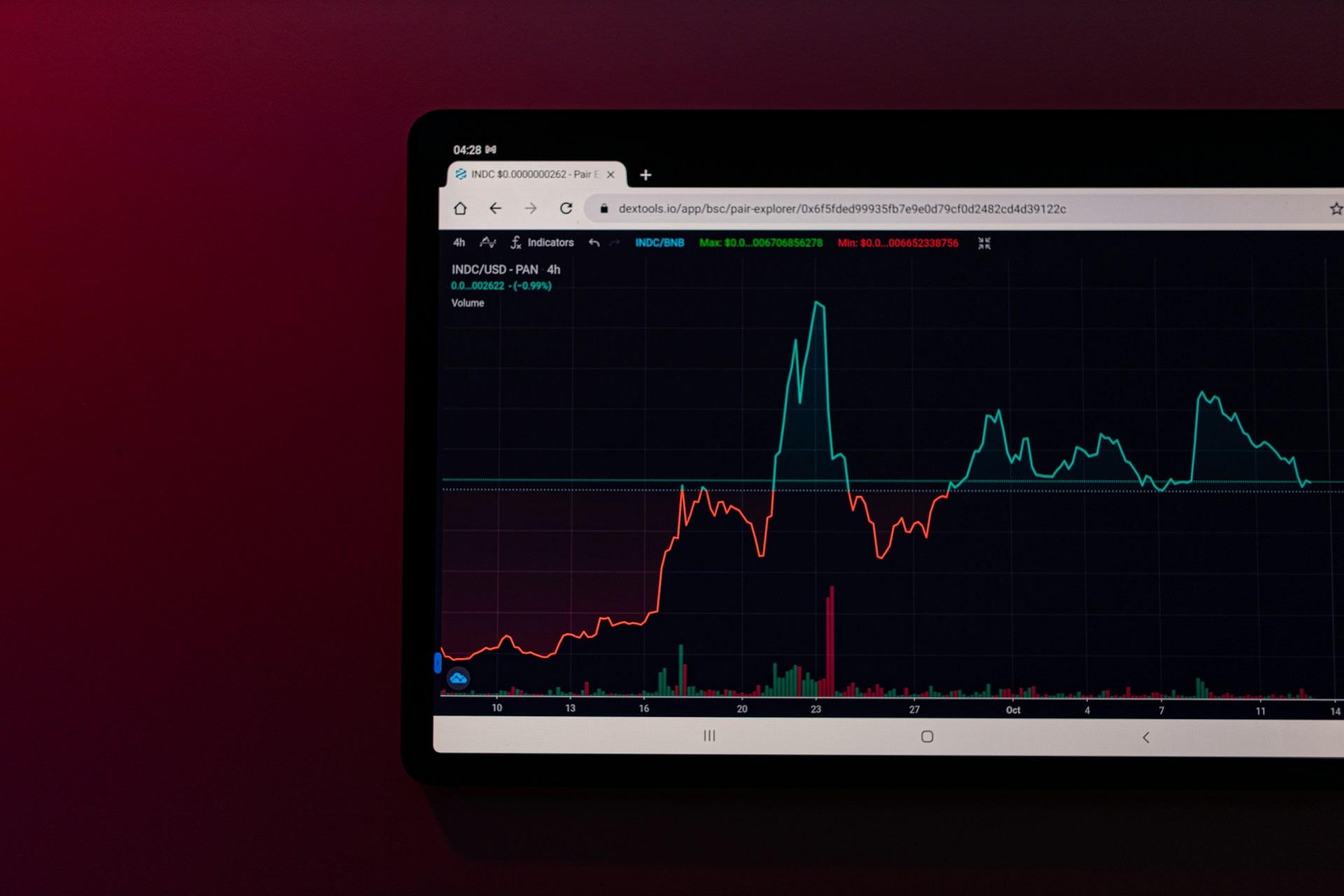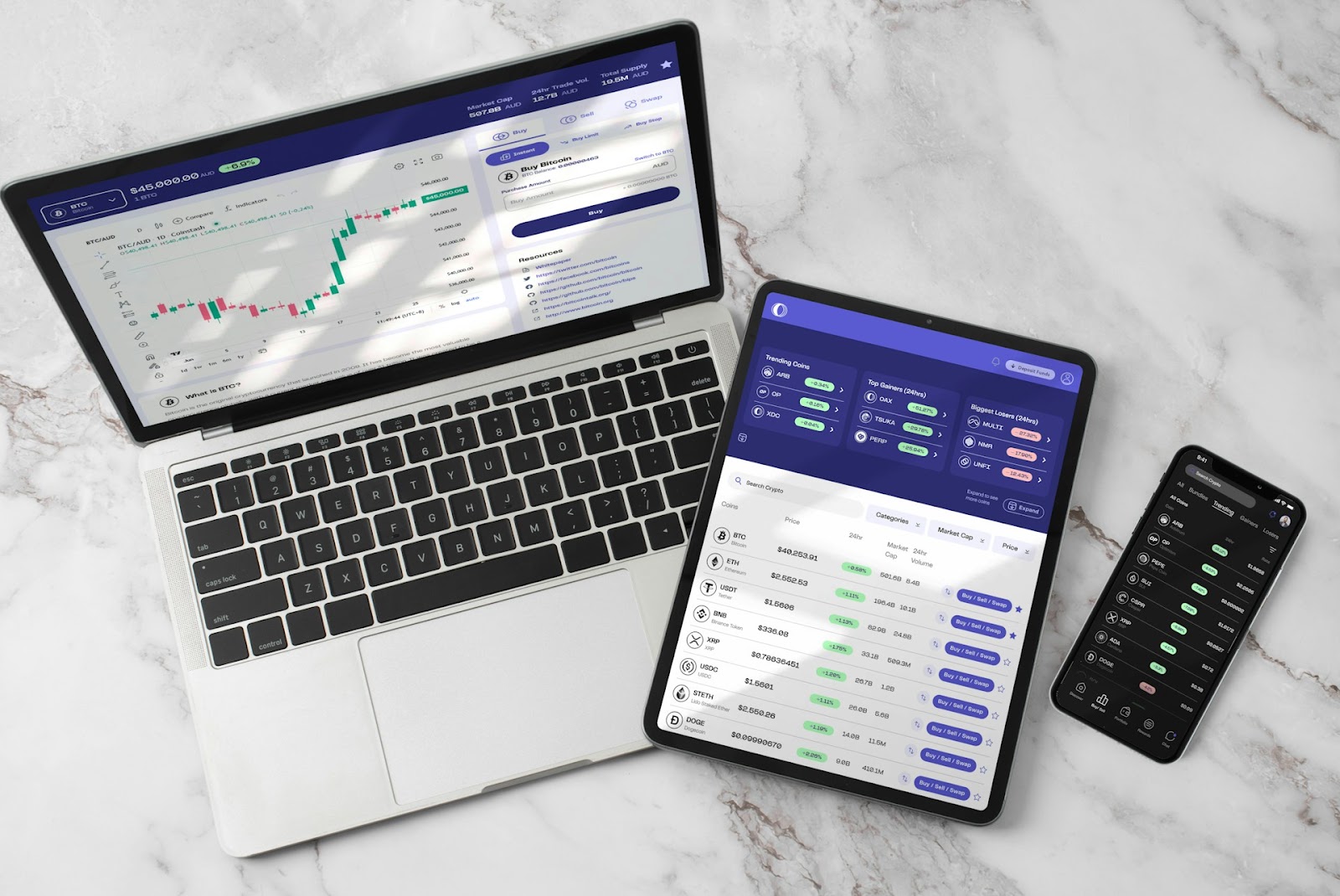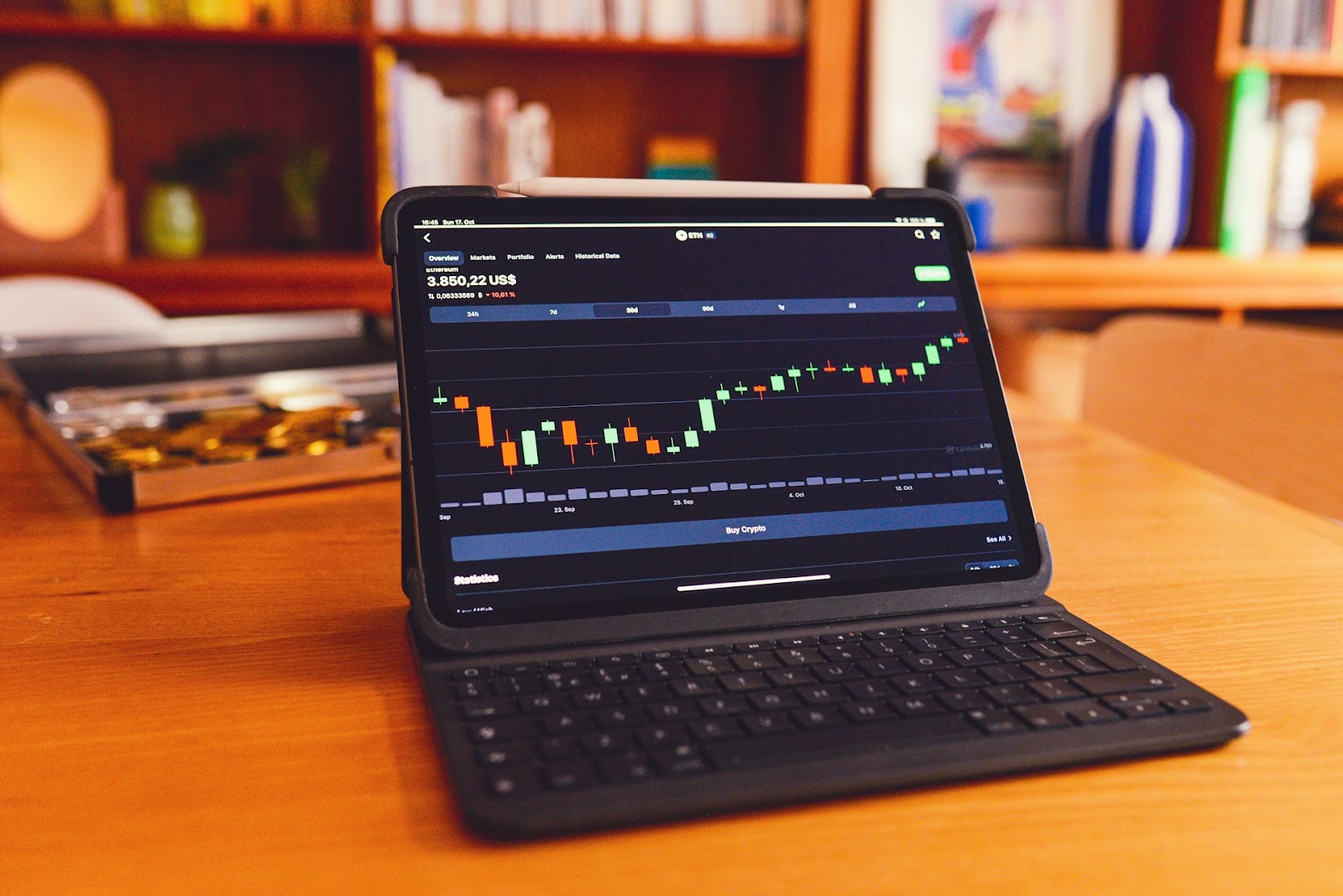Stay One Step Ahead: Setting Up Price Alerts on TradingView Like a Pro
Missing a perfect trade is common. Besides, it’s impossible to watch your screen constantly and wait for the ideal trade...

Missing a perfect trade is common. Besides, it’s impossible to watch your screen constantly and wait for the ideal trade price that suits your strategy. Fortunately, if you’re using the TradingView platform, you can set up price alerts that can significantly help improve your trading experience.
When you set up price alerts in TradingView, you need to include customised criteria for the ideal price. Once the market price reaches the criteria you’ve set, a notification will be sent to your account, and you can continue trading as planned.
If you’re a beginner in the trading industry and using TradingView, setting the price notification may be something you overlook. So, if you’re a bit lost, this article will guide you on how to set the price notifications.
1. What Are Price Alerts?
As mentioned, price alerts are notifications from your trading platform, including TradingView, which are triggered by the change in the price of your selected assets. Some of these assets include forex, stocks, and crypto.
When you allow price notifications on TradingView, you’ll get alerts via email, pop-up notifications, and SMS.
2. How to Set Up Price Alerts on TradingView

For beginners, setting up the price notification on TradingView can be complicated, especially if they’re not yet familiar with how to navigate the platform. So, here are the steps to set up the price alerts:
Step 1: Open the Chart
First, access the TradingView website or app and open your account. After that, choose the chart that has the asset that you want to track. You can also create or open a new chart if you don’t have an existing one.
Step 2: Navigate the Alert Icon
Once you’re in, choose the “Alert” icon on the upper right side of the chart. After that, click on the alert creation window to set up your notifications. The “Alert” icon usually looks like a speech bubble or a bell.
Step 3: Customise the Alert
Aside from the default alert notification, you can also customise it depending on your preferences. If you see a dialogue box, you can set the value (price of the asset you want to be notified of), alert actions (ways you want to be notified), and expiration (for how long you want this notification to last).
Step 4: Hit the Create Button
After that, click the Create button, and your price alert notification is now ready. Once in a while, you can change the notification parameters depending on the price of the underlying asset that you want to be notified about.
3. Alert types

a. Crossing
Crossing is the simplest form of alert that informs you when the value of an underlying asset passes by the number you’ve set up. For instance, if you want to get notified when the price of an asset reaches AU$200, you’ll be notified when the value reaches AU$200 or comes across it.
b. Crossing Down/ Crossing Up
If you want a more specific way of commanding a crossing alert, you may opt for crossing down or crossing up. For instance, if you perceive that the value of an underlying asset goes down and returns to its previous value, this is a cross upward. On the other hand, if the asset of an underlying value goes up and returns to its previous value, it’s a cross downward.
c. Greater Than/ Less Than
The greater-than or less-than alerts are also known as breakthroughs. Use this type of alert if you don’t just want to be notified when the value of an underlying asset reaches the value you’ve set but when it breaks through it.
d. Entering Channel/ Exiting Channel
Entering and exiting channels are triggered when you set up values where the value enters or exits the zone. For instance, the zone or the value you’ve set is +AU$5 to -AU$5. With this, you’ll be notified when the value of an underlying asset gets AU$5 higher or lower than the price it has during the time you’ve set the parameters.
4. Setting Up Smarter Alerts
When creating an alert, ensure to label them properly so you won’t be mistaken. In addition, you can add indicators, utilise alert templates, and the frequency (so you can set whether you want an alert to happen once or multiple times.
5. Importance of Price Alerts
Price alerts are essential to have a better trading experience. Whether a trader is a beginner or seasoned pro, knowing how to set up the alert notification in TradingView can help utilise the maximum potential of the trading platforms. Besides, the trading industry is becoming more competitive, so you should be aware of the tools you can use to improve your trading portfolio.
Final Thoughts
Being able to set up the alerts on TradingView is a special step to becoming more aware of the changes in the market value of underlying assets. By understanding the tips and steps in this article, you can use this specific tool effectively, and you’ll never go back to not having these notifications.
ABOUT THE AUTHOR
Aliana Baraquio has over 5 years of experience as a writer and market analyst. She specialises in developing beginner-friendly trading techniques and tutorials. Additionally, she suggests FP Markets as the top broker for trading CFDs and Forex.






